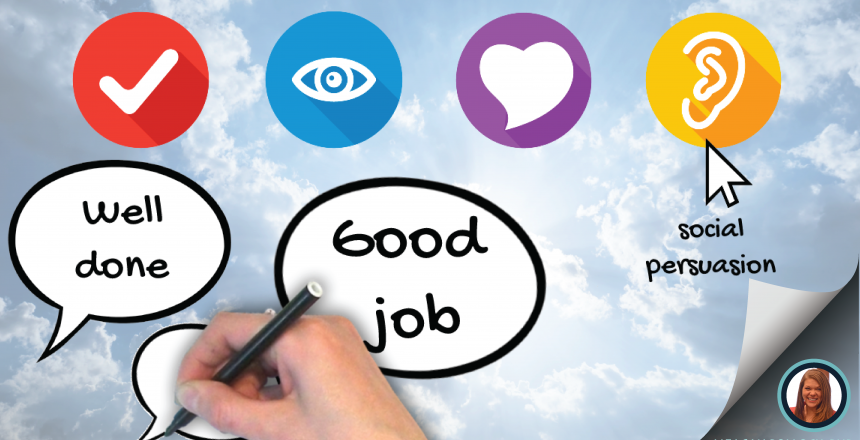Throughout our lifetime, we get tons of feedback
We likely get plenty of “good jobs,” “well dones” atta girls or attaboys, all kinds of feedback.
And the feedback we receive in our life affects our motivation.
It helps us answer the question, “can I do this?”
When we ask ourselves this question, we are measuring our self-efficacy.
Self efficacy is the belief one holds in their ability to accomplish a task.
Self-efficacy is different than self-esteem. Self-esteem answers the question, how do I feel about myself?
This difference matters, because High self-efficacy predicts achievement, whereas high self-esteem does not.
Since self-efficacy affects our behavior and performance, where does it come from? There are four sources.
First, Mastery Experiences: That is previous related experiences and performances. One might think: I did task, therefore I think I can do more challenging task.
Second, Vicarious Experiences (or more simply the observation or introduction of role-models). One might think: Someone did task, therefore I think I can do task.
Next, Physiological or emotional cues IF interpreted as signs of ability. One might think: Just because I am experiencing this [emotion or physiological response], it doesn’t mean I cannot do [task].
Finally, Social Persuasion is feedback and support from others. One might think: Someone said they believed I could do task, therefore I think I can do task.
Feedback messages like these are a type of social persuasion. But are the attaboys and attagirls, the simple pat on the back with a “good job” that useful in building our self-efficacy?
With some adjustments, and using a VERY simple formula, we can improve our feedback messages to be a super booster for self-efficacy.
Let’s start with a story. When I was a little girl, I remember going to the grocery store with my parents, and always longing for a quarter to spend in the vintage toy machines near the checkout. I knew inside those machines were fun little toys.
Two of the most common toys I recall were bouncy balls that were quickly lost under the furniture, and the sticky wall crawlers that you could throw at the wall, entertaining ME for hours.
Feedback reminds me of these two simple toys.
Bouncy ball feedback is the pat on the back, nice job, type of feedback. Though well intentioned, it doesn’t really stick with us.
Sticky feedback is praise, with acknowledgement of a specific mastery task and acknowledgment of effort.
Plus, When we offer process-based praise, we support a growth mindset.
Let’s give sticky feedback a try
“I believe that you can do this! I know that because you have demonstrated achievement that suggests so, and I noticed that you worked really hard along the way.”
While this feedback is generic, it’s best to be as specific as possible.
You might be asking, what’s the point of building self-efficacy?
Well, a person with a high self-efficacy has greater
- ACHIEVEMENT
- INTEREST
- MOTIVATION
- ENGAGEMENT
- PERFORMANCE
- AND…. PERSISTENCE
So, the next time you offer feedback, remember… sticky feedback is best.



One Response